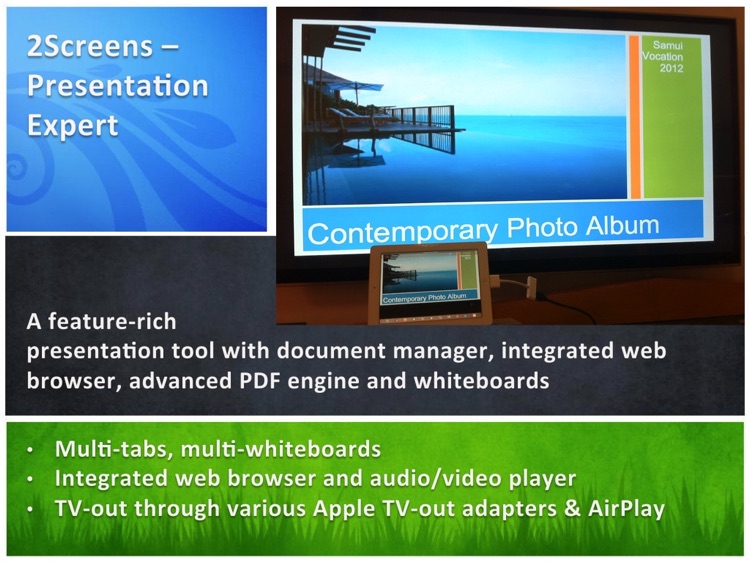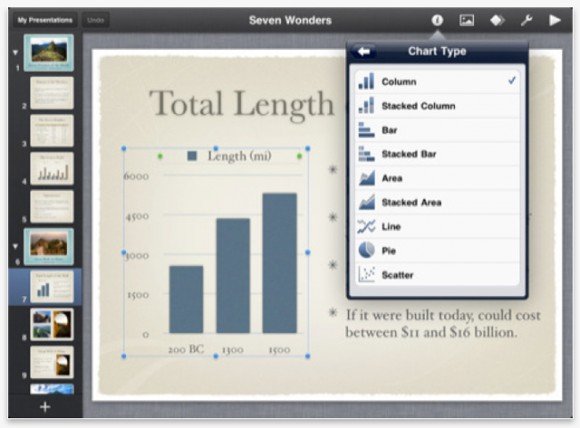

On the other hand, Multipliers believe “people are smart enough to figure it out.” Because of this they look for valuable talent in others, give people space to think, and instill accountability, which commands people’s best work. But, we learned that they see the world through very different eyes and that they do a small number of things very differently.ĭiminishers tend to assume that “people will never figure this out without me.” As a result, they tend to tell others what to do, make decisions themselves, create pressure, and micromanage the details to ensure performance-all the while underutilizing the talent that they’ve brought into the organization. For example, they are both customer focused, have good business acumen, and consider themselves thought leaders. So what did we find? We found that Diminishers and Multipliers do many things alike.

Our basic research question was, “What are the vital few differences between intelligence Diminishers and intelligence Multipliers, and what impact do they have on organizations?” Another reason, we found, is that managers can apply well-intentioned, popular management practices with regularity, yet still fail to spark workers to expend a significant amount of discretionary effort. One reason for this is that employees tend not to volunteer that they are being underutilized. To understand the phenomenon, just ask yourself these two questions: Have you ever worked for a leader who underutilized your talent or who made you question your own intelligence? Or, have you ever worked for a leader who drew on every ounce of your brainpower and even made you smarter and more capable? We call the first type of leader a Diminisher and the second type a Multiplier.Īfter studying 150 leaders in 35 companies across 4 continents, our research suggests that most managers under-estimate how widely employees’ talent is under-utilized. In fact, it illustrates an all-too-common workplace phenomenon, leadership poorly exercised. Michael’s case is hardly an isolated one. After a few months, it was determined that Michael was using just 20 to 25 percent of his talent on the job. Then, because Michael was the only team member working remotely, Gregory would often end up representing him in meetings that he couldn’t attend. Because he was still new, Gregory gave him easy assignments and piecemeal tasks that were routine and not suited for someone with highly developed skills, like Michael. But in an effort to help Michael, Gregory would often jump in to solve problems. Gregory wanted him to be able to make a genuine contribution to the renewable energy company’s efforts to expand rapidly into Brazil. Gregory Pal was proud of having hired Michael, a talented individual with rich foreign trade experience gained as an employee of the Brazilian embassy. In this article, readers will learn how managers can do that.
#2SCREENS PRESENTATION EXPERT FULL#
The effective manager enables employees to utilize the full depth and range of their intellect and capabilities. In fact, this well-intentioned manager is actually limiting – and hurting – the employee. A manager who regularly steps in to solve a problem for an employee may think that he or she is helping.


 0 kommentar(er)
0 kommentar(er)
